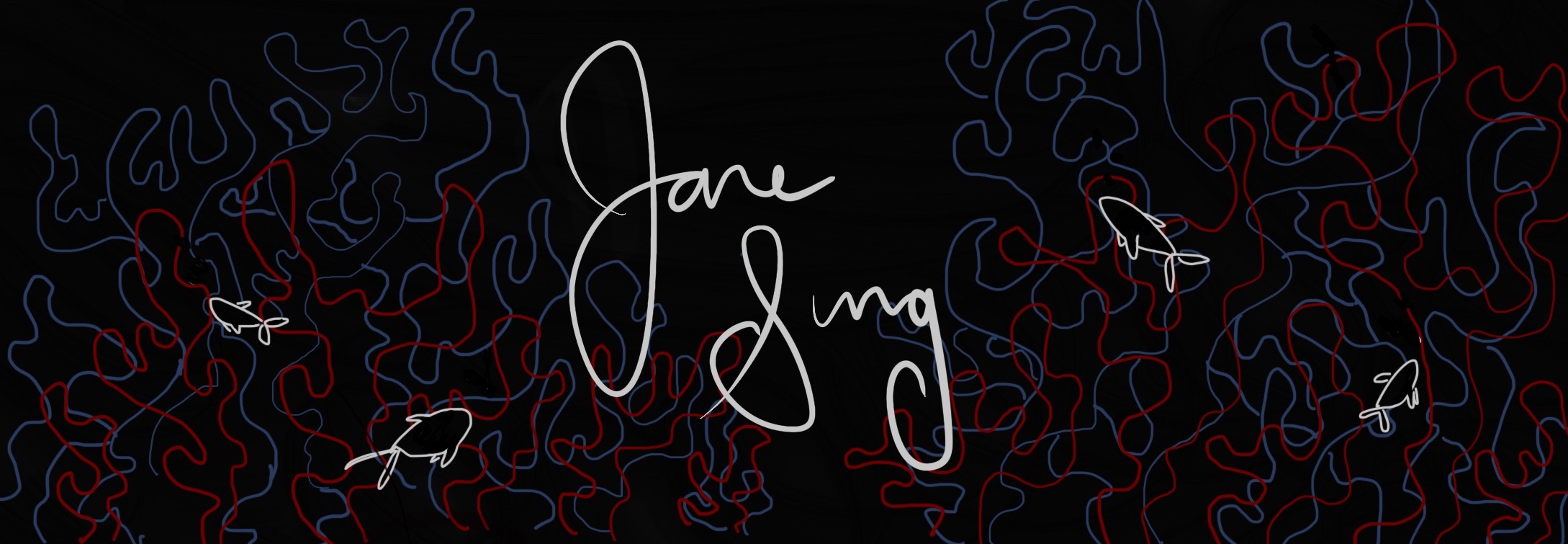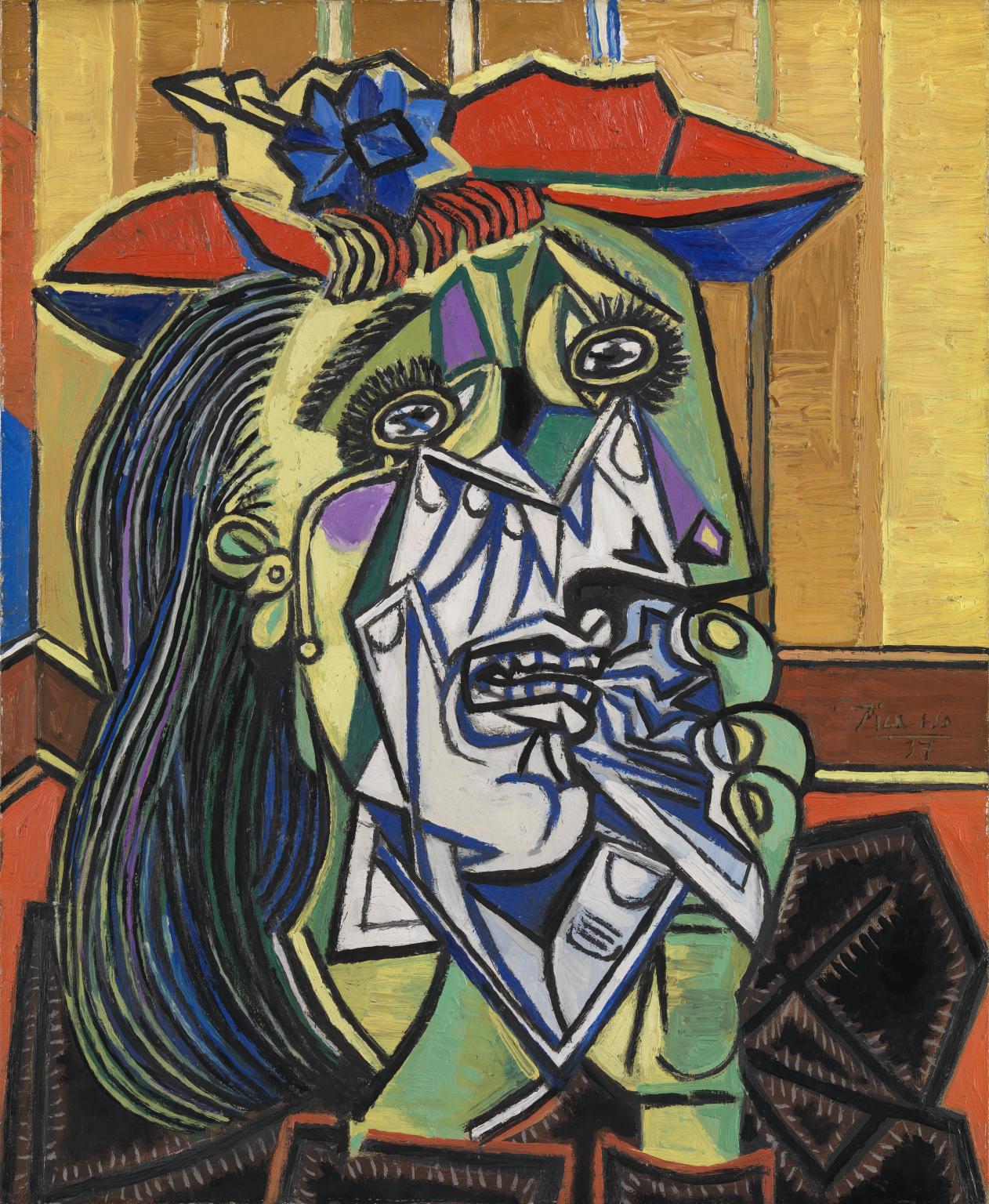The Met Collection, Pendants: Cowrie Shells, 6th-5th Century BC
The tear-shaped amber beads resemble simplified cowrie shells varying in color and size. At different times, they had different uses varying from currency to jewelry. In the context of my project, this artwork shows how the word “tear” is translated to a physical form and specific shape, “tear drop.” Though the shape may be associated with crying, in some contexts such as this, it is a form purely for aesthetics.
The Tate Modern Collection, Lucio Fontana, ‘Spacial Concept ‘Waiting’,’ 1960
This piece plays between the distinction between two and three dimensionality. The blackness behind the slash, tear in fabric, seems like a dark void. This piece can be used in my project to show the duality of the word “tear.” Even within one definition of the word, here a destruction/ripping of something, there is another meaning. It is a form of destruction to the canvas, but also creation of space and dimension, which here, it is shown as art.
The Tate Modern Collection, Pablo Picasso, Weeping Woman, 1937
In response to the bombing of the Basque town of Guernica by the Germans in the Spanish American War, Picasso painted this weeping woman holding her dead child. In this case, this artwork portrays the deep emotion in his depiction of tears. Though there are no visible tears streaming down her face, it is implied she is crying through her expression and body language. Tears are things that everyone goes through and understands, and it is the universal symbol for sadness or grief.
In Class Brainstorm:








